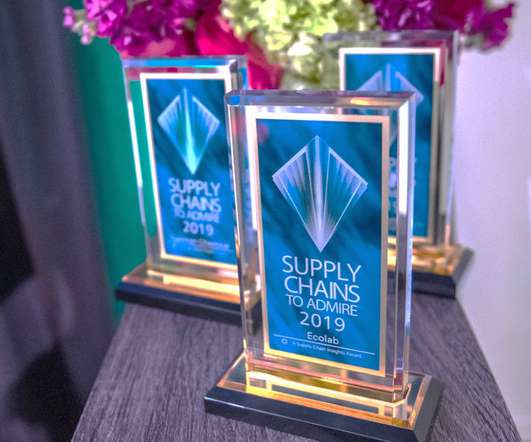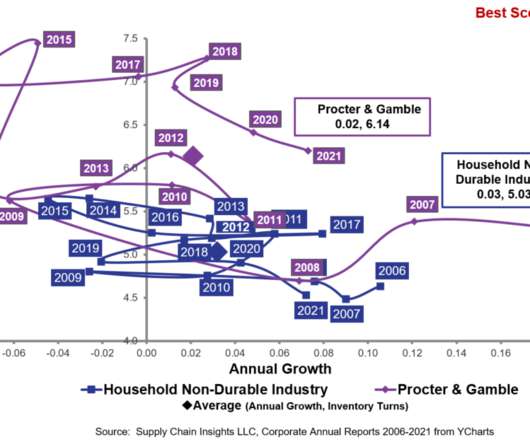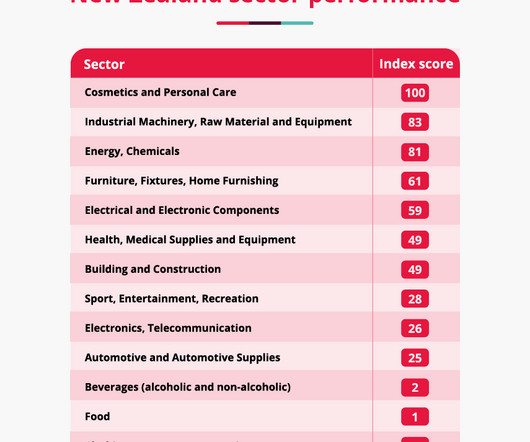Who Should Be In The Winner’s Circle?
Supply Chain Shaman
AUGUST 12, 2020
When Gartner purchased AMR Research in December 2009, the methodology became the Gartner Supply Chain Top 25. The first step was to charter a research project with the Arizona State University statistics department to analyze which combination of metrics drives the highest market capitalization. The result? The reason?
















Let's personalize your content